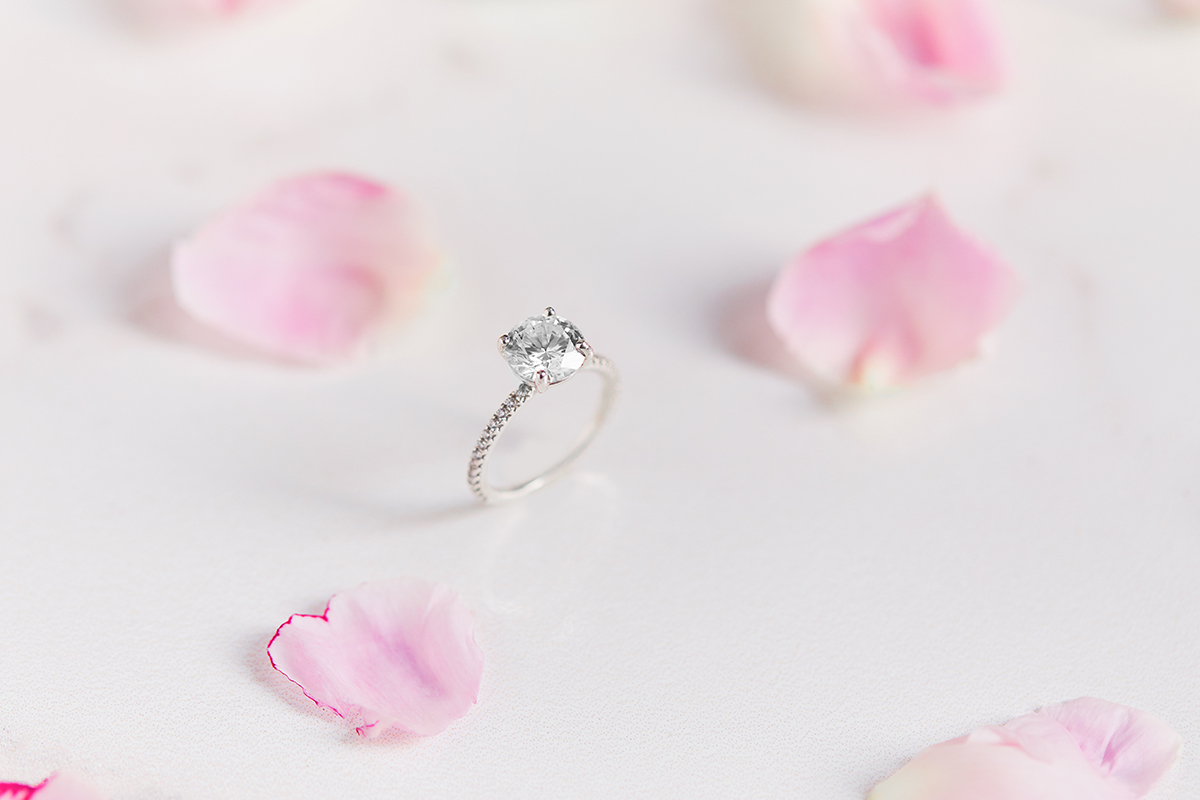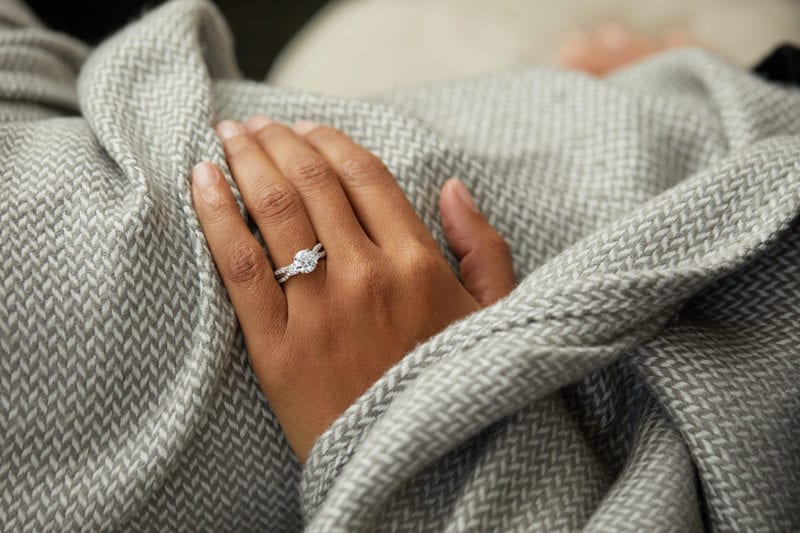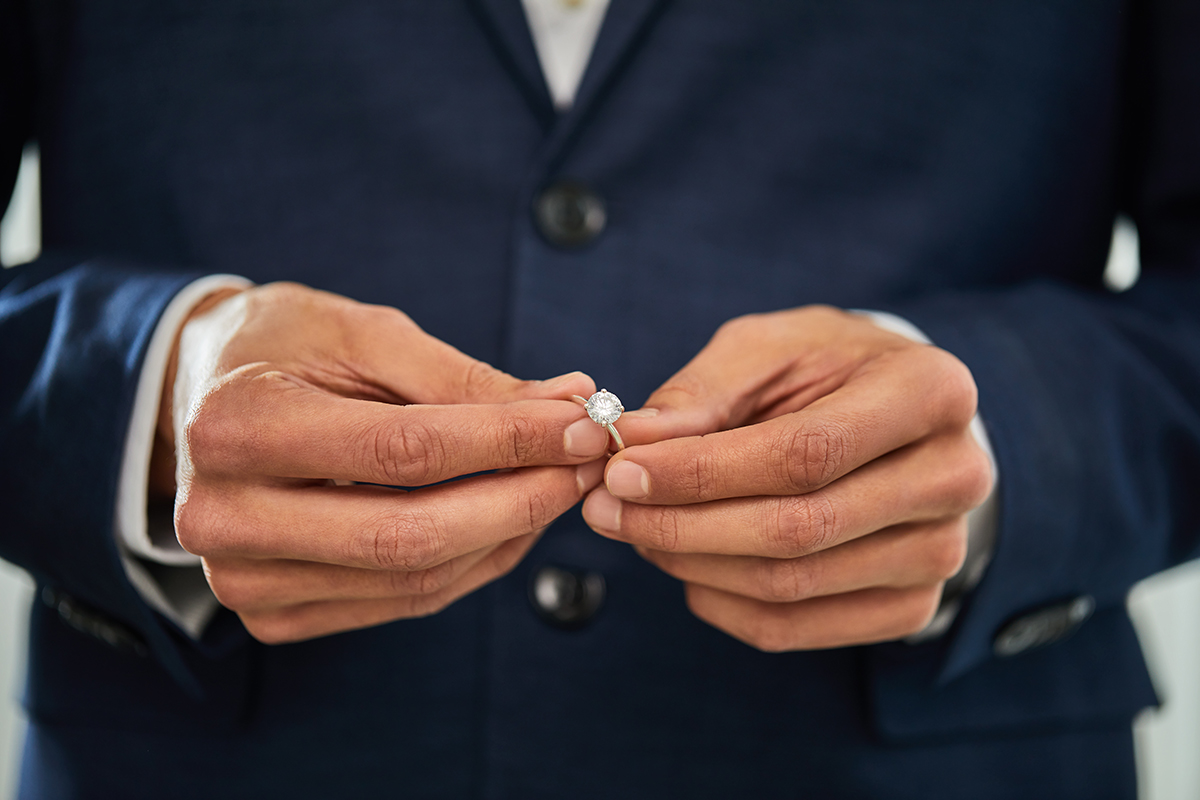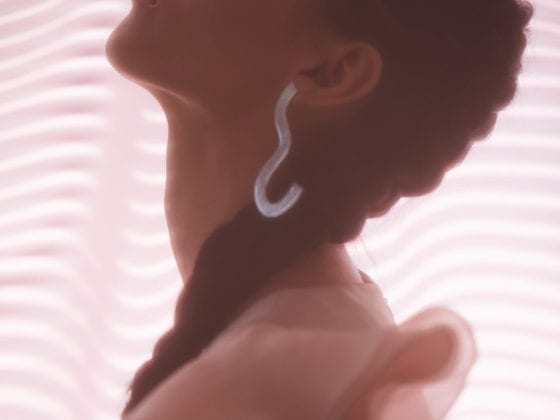Clean Origin believes in diamonds. The team at Clean Origin also believes that producing superior diamonds does not have to come at the expense of the environment or of human life. With 100% lab-grown diamond production, Clean Origin’s mission is simple: to provide quality stones, settings and diamond jewelry that are eco-friendly, ethically-sourced and competitively-priced.
The diamond jewelry industry is a global business that impacts the world, both ethically and environmentally. Clean Origin is choosing to draw a line in the sand with mined diamond production.
Just look at the facts of mined versus lab-grown diamonds: Mined diamonds result in 1 injury for every 1,000 workers annually, while lab-grown diamonds result in zero. For every carat of diamond that is mined, nearly 100 sq ft of land is disturbed (creating almost 6,000 lbs of mineral waste). Whereas, the process of creating a lab-grown diamond, which uses technology that replicates the natural diamond growing process, does not disturb the environment. Also, lab-grown diamonds can be anywhere from 20 to 30 percent less expensive than mined diamonds.
Ultimately, Clean Origin places value on its customers, bringing light to the harmful impact of diamond mining and the benefits of lab-grown diamonds. At Clean Origin, the team knows that purchasing a diamond is a big deal and they want you to feel as confident slipping the ring on your finger as when you say “I do.”
Here is what Clean Origin founder, Alexander Weindling, had to say about the ethical jewelry company:
What motivated you to get into the lab-created diamond industry?
After three generations of my family as leaders in the mined diamond industry, it was finally an opportunity to move to the right side of history. No one was going to lead the path of awareness to the consumer. No one was ready to tell the truth. A few retailers were willing to include lab-grown diamonds as a tiny alternative to the mined diamonds that made up 99 percent of their diamond business.
My generation, aka baby boomers, have burned up the planet and its resources as though future generations did not matter. We are all just visitors on this earth and stewards of her for our children. Diamond mining is an act of violence to the earth and the seafloor. We don’t need to do this anymore. Somebody needed to bring this message to consumers. It found me.
Diamond mining is an act of violence to the earth and the sea bed floor. We don’t need to do this anymore.
How are lab-grown diamonds beneficial for the environment?
In order to understand the environmental benefits of lab diamonds, you need to compare it to the alternative, not the almighty. Google “mir mine” and you will see images of an open pit mine so vast it is visible from the upper atmosphere. You will find a mine so deep that it has created a vortex over which air traffic is said to be banned from flying for fear of being sucked in. Mining ships are probing, detonating and vacuuming up the sea floor for diamonds off the coast of Africa as we speak.
Lab diamonds do consume energy and renewable energy production, which is the challenge for all powered operations. It is better, in my non-scientific opinion, a lot better. We should never let the perfect be the enemy of the good.
Why is it important for people to know about the impact of mined diamonds on the environment and the surrounding communities?
Don’t you think people should know the impact of mining before they decide to buy a mined diamond or a lab-grown diamond? Take a look at the environmental mess in Canada as DeBeers struggles to contain the waste matter in it’s expired mine.
Lab-created diamonds are referred to as “synthetic diamonds.” What you would say to a potential customer who says lab-created diamonds aren’t real?
Read the July 2018 report from our Federal Trade Commission, which states, unequivocally, that lab-grown diamonds are as real as mined diamonds—chemically, optically and molecularly the same as mined. They went so far as to ban mined diamond companies from using the term “synthetic” to demean and misrepresent lab-grown in their marketing.
How would you encourage a newly engaged couple to purchase lab-created diamonds?
Do a lot of research. Only buy an independently certified diamond, IGI or Gcal. Read the customer reviews and the return policy of any retailer before purchase. Don’t go over your budget. There will be plenty of other things to spend on after the wedding!

Diamonds, mined or lab-created, are expensive. Tell us a little bit about the personal investment of purchasing diamonds and Clean Origin’s 100-day return guarantee.
We don’t like to use the term “investment” when talking about our jewelry. Your engagement ring or diamond jewelry should evoke feelings of love, passion, friendship, faith, not finances. Although a diamond engagement ring is a large purchase, when you buy a lab-grown diamond you can save up to 40 percent compared to mined stones. The same outcome for up to 40 percent less. Why wouldn’t you take that opportunity? Especially when you also get peace of mind that your stone was 100 percent ethically-sourced.
Your engagement ring or diamond jewelry should evoke feelings, not finances…. When you buy a lab-grown diamond you can save up to 40 percent compared to mined stones.
From a customer service standpoint, we also understand that buying a piece of diamond jewelry can be a big decision and one that you might need to adjust in the future. That’s why we offer our generous 100-day return policy. We want both you and your significant other to be over the moon with your jewelry, even if it takes a new metal band color or different diamond size somewhere along the way.
Many of our followers are single professional women. What are some must-have Clean Origin pieces that Darling readers should know about?
Diamond stud earrings are the go-to everyday/formal evening wear basic to any wardrobe. Treat yourself to a pair of stunning 2ct stud earrings for half what you’d pay for a mined diamond.
This post is brought to you by Darling partner, Clean Origin. We’re proud to partner with brands that strive to create great consumer products. All thoughts and opinions remain Darling’s own.
Have you ever purchased an ethically-sourced diamond? Would you consider making your next diamond purchase a lab-grown diamond?
Images via Clean Origin











